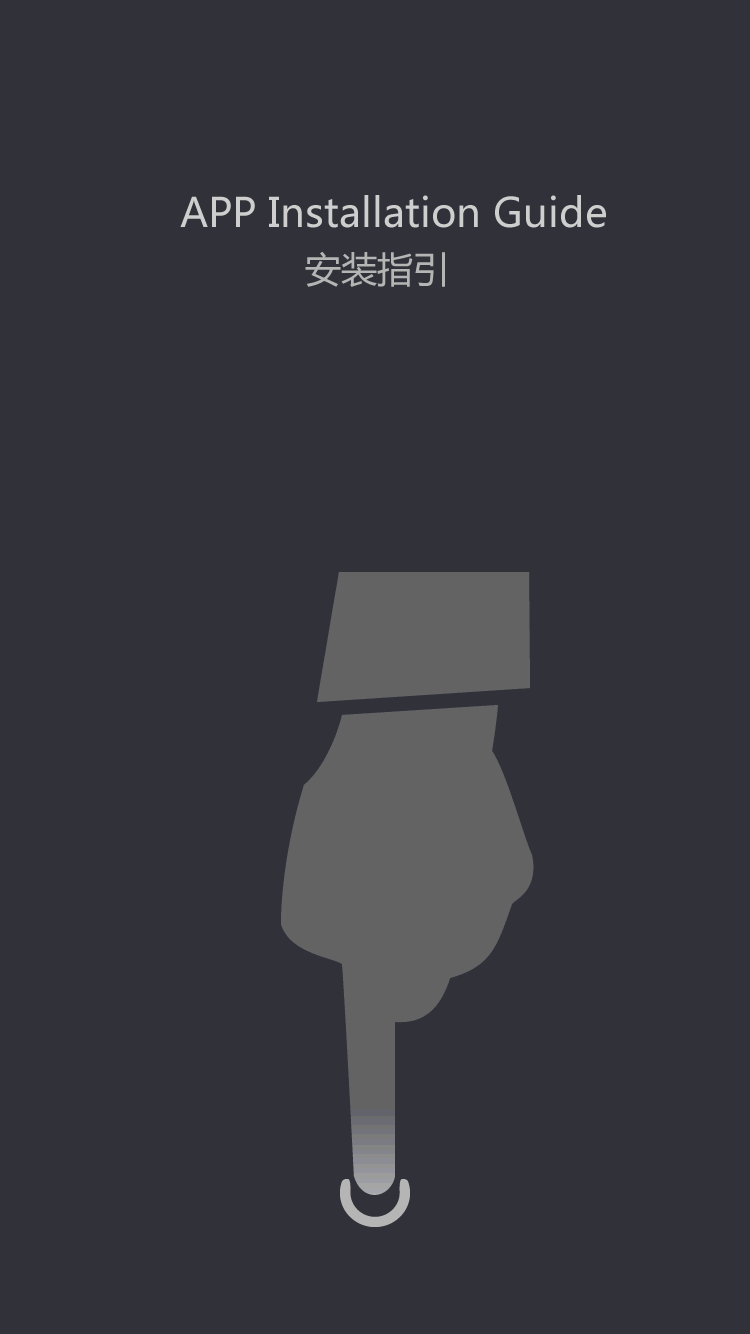Is Copper Cabling Really Cheaper Than Fiber
The circumferential introduction of the crack usually allows fibers of considerably giant diameters to be cleaved whereas maintaining top quality of the cleave. Cleaving is the process by which an optical fiber is “reduce” or exactly broken for termination or splicing. Just like slicing glass plate, fiber is reduce by scoring or scratching the floor and making use of stress so the glass breaks in a easy manner along the stress traces created by the scratch. Properly done, the fiber will cleave with a clean floor perpendicular to the size of the fiber, with no protruding glass on either finish.
Therefore, the cleaver ought to be protected against blows, falls, filth and “all thumbs” operators as fervently because the fusion splicer. It just isn't accident that the device is packed in a delicate-filled box. Depending on the cleaver design, the cleaved fiber end is pulled into the fiber container; remains sticking out within the 'rollers' or, if there isn't a container, falls on the desk subsequent to the cleaver. The second case requires rotating the rollers with a special wrench or deal with in order that the fiber is drawn between the rollers into the container.
Clad alignment splicers also have multiple cameras however solely permit for single axis movement of the fiber. Clad alignment splicers are best suited for multimode purposes. The following image exhibits a AFL FSM-16S cladding alignment splicing machine. The following image exhibits a AFL FSM-60S core alignment fusion splicer. This offers for precise fiber alignment, resulting in a typical splice lack of solely 0.02dB.
Diamond blade presents the best cleave quality and may final over 10,000 cleaves. They are even adjustable for cleaving fibers with increased tensile energy, e.g. titanium-coated fibers. Fiber clamping, bending, scratching and cleaving with one single action.
Therefore, you will need a special device to gently prepare fibers for splicing. If we simply break off the end of the fiber with tweezers, then the chance of getting a proper cleave shall be extraordinarily small and fusion splicing will certainly not be good. Silicon Valley's distributor with big stock of fiber optic merchandise.
You can't screw tuning pegs, not being exactly sure what you might be doing. You can not fumble inside together with your palms or stable objects – you possibly can minimize yourself and ruin the blade sharpening. You cannot go away the cleaver in a moist environment for a long time.
This level of precision is required for all single mode fiber applications and also enhances performance of multimode fiber. There are many models of fusion splicing machines out there, various in options and capability, and value. The following part describes totally different fiber alignment technologies in a number of types of fusion splicers. Fusion splicers are automatic machines that you need to either choose factory beneficial settings or you set the splicing parameters your self. There are 5 basic steps to fusion splicing with a splicing machine.
Finally, within the third case – you have to instantly connect a chunk of adhesive tape to the fiber in order that the fiber sticks to it, and then cowl these fibers caught to the tape from all sides. In common, utilizing a cleaver without a fiber container is NOT recommended, and we’ll explain the rationale for it below. Let us consider in more element the cleavage of one fiber with a typical precision cleaver.
Scribe-and-break cleaving may be carried out by hand or by tools that vary from relatively cheap hand instruments to elaborate automated bench tools. Any approach or tools is capable of good cleaves; the trick is consistent finishes time and time again. Other designs scratch the fiber floor first, and then apply tensile stress. Some cleavers apply a tensile stress that's uniform throughout the fiber cross section whereas others bend the fiber via a decent radius, producing high tensile stresses on the surface of the bend. Polishing a fiber tip can lead to even higher quality fiber finish faces, but sharpening requires costlier gear and extra processing time, so it is very not often employed for fusion splicing.


































![[Dry Goods] how to avoid electrode rod after fusion black?](https://img5811.weyesimg.com/uploads/tumtecchina.com/images/15840915146146.jpg?imageView2/2/w/1920/q/100/format/webp)







































